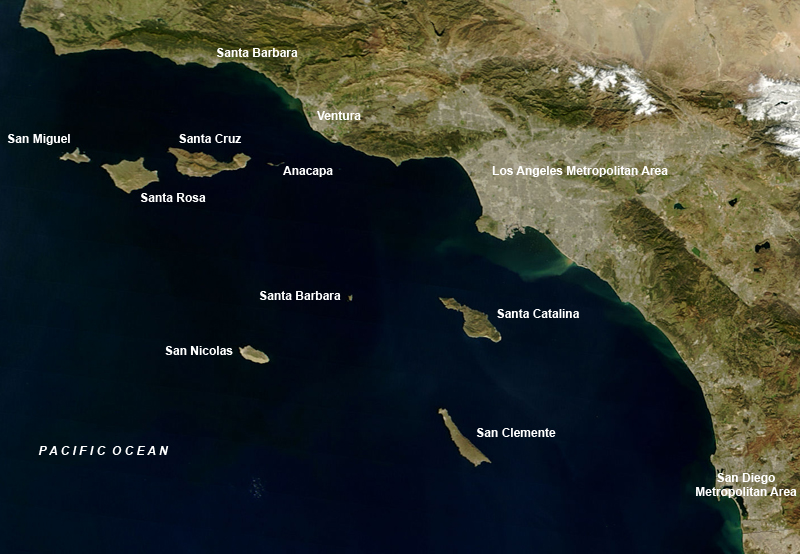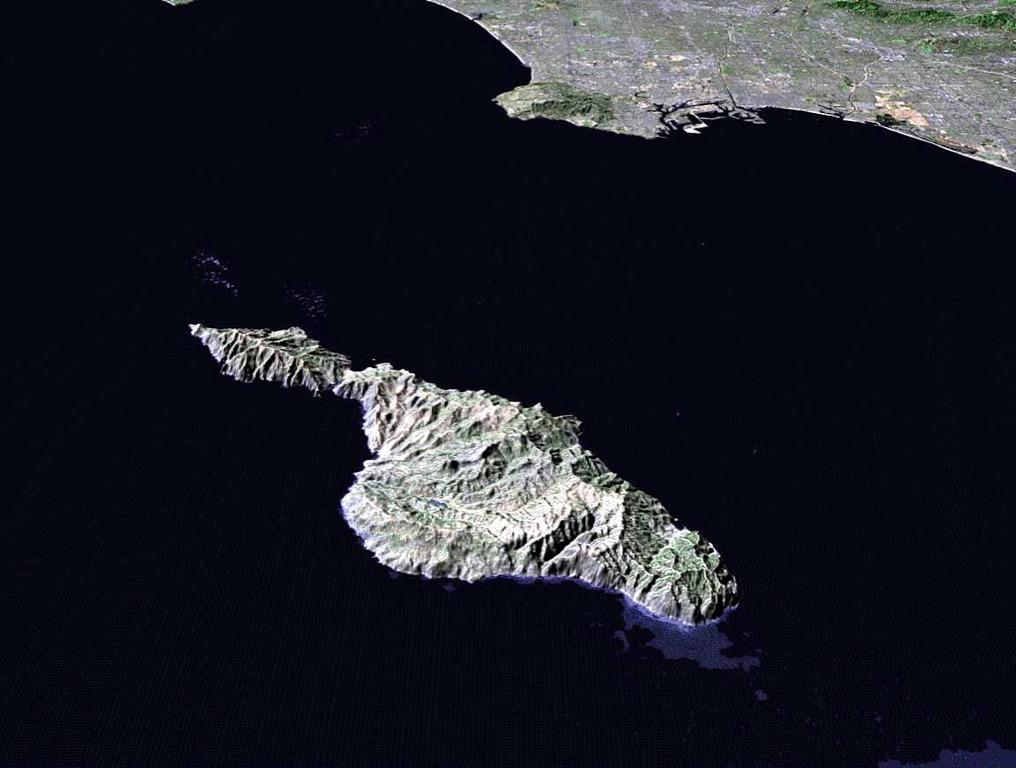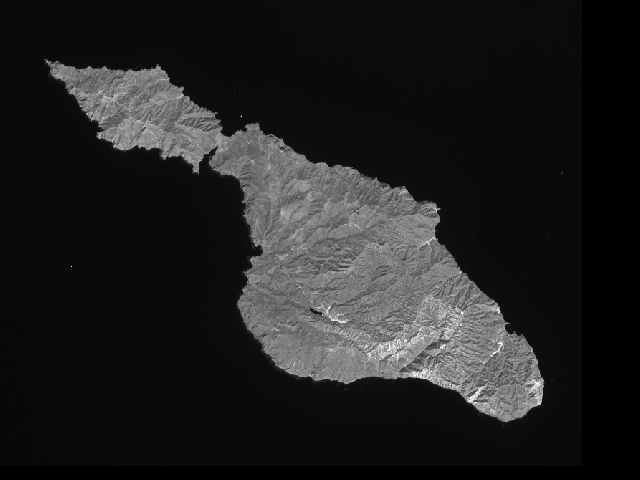

Santa Catalina Island
Santa Catalina Island, often called simply Catalina Island, is a rocky island off the coast of the U.S. state of California. The 76 mi²/48,000 acre (194 km²) island is located about 22 miles (35 km) south-southwest of San Pedro, Los Angeles, California and is part of Los Angeles County.
It is the only one of the Channel Islands chain to have a permanent civilian settlement and urbanization; most of the 3,696 residents (as of the 2000 census) live in the resort city of Avalon, California (pop. 3,127). The island has an overall population density of 19.03/km² (49.29/mi²). Most of the island is owned by the Catalina Island Conservancy.
My research was centralized on species on Santa Catalina Island mainly because we take our eighth graders to Catalina Island as a learning field trip every year. In trying to tie in my research to my curriculum, I thought that focusing on the Island, and the species you can find there, would be a great way to hook the students, and create lessons that bring my research, and research the students can accomplish in to my lessons.
We take our eighth graders every year to Howland's Landing on the Western part of the island to take part in the CELP (Catalina Environmental Leadership Program) educational camp. This camp provides students with an opportunity to experience and learn about the environment first hand though hiking, snorkling (both a day and a night snorkel), sea kyaking, and self-sustainable gardening. This trip ties in with our Science curriculum, and meets multiple Arizona State standards. While in my research grant, I was provided with the opportunity to choose what I wanted to study while dealing with population sizes, and I felt that this would be a great opportunity to bring the math curriculum to the island as well.
Prior to the modern era the island was inhabited by people of the Tongva tribe, who also lived in the area of Los Angeles, had villages near present day San Pedro and Playa del Rey, and who regularly traveled back and forth to Catalina for trade. The Tongva called the island Pimu or Pimungna.
The first European to ever set foot on the island was the Portuguese explorer Juan Rodriguez Cabrillo, sailing for Spain. This happened on October 7, 1542. He claimed the island for Spain and christened it San Salvador. Another Spanish explorer, Sebastian Vizcaino, rediscovered the island on the eve of Saint Catherine's day (November 24) in 1602. He renamed it Santa Catalina.
During the following 300 years, the island served as home or base of operation for all sorts of visitors, from Russian otter hunters to Spanish smugglers to Chinese pirates. Franciscan monks tried to build a mission there, but failed due to the lack of fresh water on the island. The native population was mostly wiped out during 19th century. Catalina Island experienced a brief period of gold rush in 1860s, but no gold was found, and ultimately those early mining attempts were abandoned. By the end of 19th century, the island was almost uninhabited except for a few cattle herders. At that time, its location just 20 miles from Los Angeles—the city that had reached the population of 50,000 in 1890 and was undergoing the period of enormous growth—was a major factor that contributed to the development of the island into a vacation destination.
The sons of Phineas Banning bought the island in 1891 and established the Santa Catalina Island Company to develop it as a resort. Their efforts were set back on November 29, 1915 when a fire burned half of Avalon's buildings, including six hotels and several clubs. World War I also hampered tourism, and the Banning brothers were forced to sell the island.
William Wrigley, Jr. bought Catalina Island in 1919 and devoted himself to preserving and promoting it. In 1921 he sold lots for building in the town of Avalon. The tourism industry was encouraged by the construction of a beautiful Art Deco dance hall, called the Casino, in 1929. Its upstairs dance floor has a capacity of over 6,000 dancers, and sits above the glamourous Avalon Theater, which seats 1,150. While the theater shows movies almost exclusively, it has the capabilities to host theatrical productions as well. The Casino's name derives from a more traditional Italian definition of casino, meaning social gathering place; the building has never served as a gambling establishment.
From 1927 through 1937 pottery and tile were made on the island, and these items are now collectible. The Chicago Cubs, also owned by Wrigley, used the island for the team's spring training.
During World War II, the island was closed to tourists and used as a military training facility.
Catalina's airport, the "Airport in the Sky" (AVX), was completed in 1946. The 3,250-foot (990-meter) runway sits on a mountaintop, 1,602 feet (488 meters) above sea level. Up until the time of the airport's construction, the only air service to the island was provided by seaplanes.
In 1975, Philip Wrigley deeded the Wrigley shares in the Santa Catalina Island Company to the Catalina Island Conservancy that he had helped create. The Conservancy now stewards 88 percent of the island. The mission of the Catalina Island Conservancy is to be a responsible steward of its lands through a balance of conservation, education and recreation.
Facts about Santa Catalina Island:
Click on image to enlarge:

Channel Islands, with names of Islands

Coastal Picture of Channel Islands
Satellite Picture of Santa Catalina Island

Satellite Picture of Santa Catalina Island

Satellite Picture of Santa Catalina Island

Airial Picture of Channel Islands
Map of Santa Catalina Island with Howland's Landing, the airport, and Avalon

Satellite image of coastal cloud effects dealing with the Channel Islands and the Coast of California